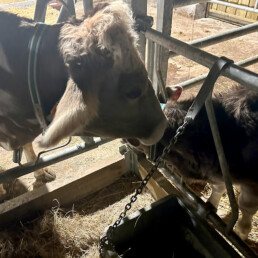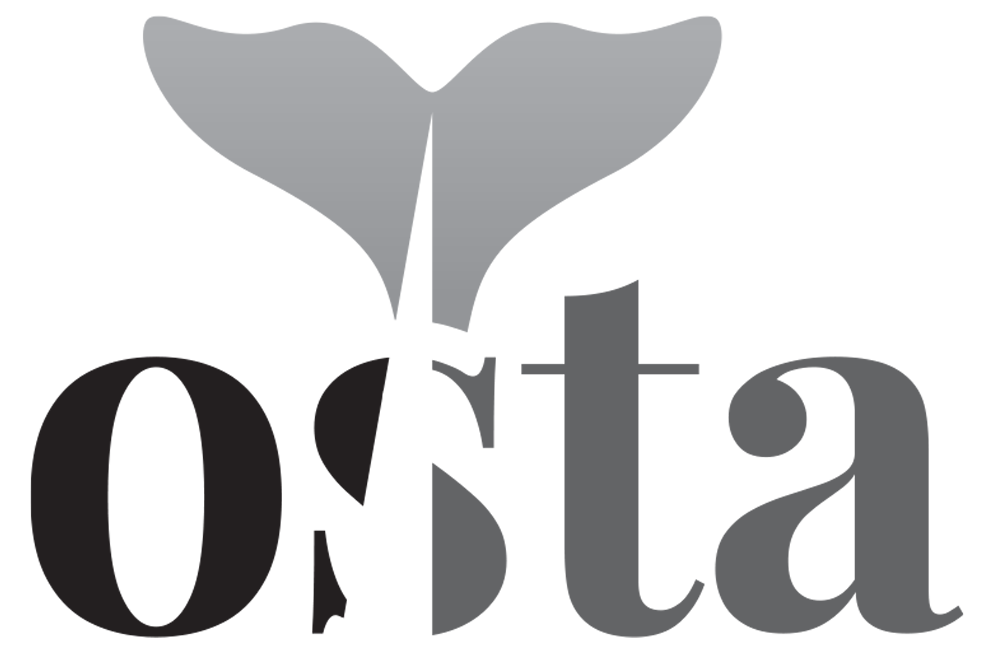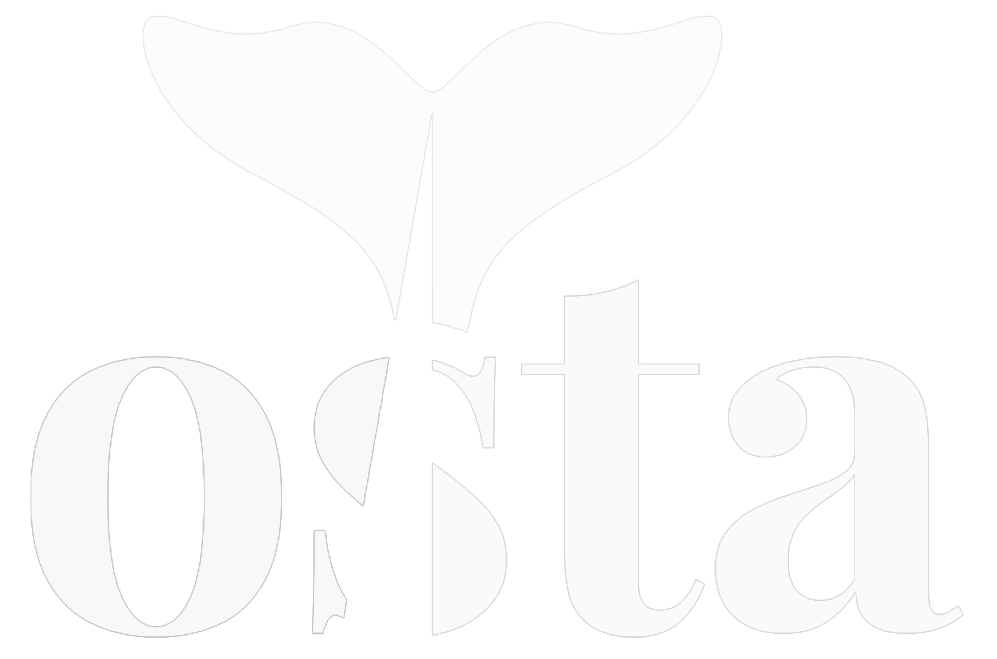
Our Visit to the Radhadesh Cow Sanctuary
Sustainable Cooperation between Humans and Animals
We recently visited the Hare Krishna community to learn about their exemplary care for cows, aligning with our mission. During our visit, we interviewed the cow handlers and documented our stay in a video.
Integrating Spirituality and Animal Welfare
Our Chief Animal Officer embarked on an insightful journey to the Radhadesh Hare Krishna community and it’s cow sanctuary, nestled in the vicinity of the 'Chateau de la Petite Somme' near Durbuy in Southern Belgium. The purpose of this visit was to explore the 'Goshala', or cow sanctuary. The term 'Goshala' is derived from Sanskrit, where 'Shala' signifies a house of learning or spiritual growth.
The Hare Krishna community, dedicated to the principles of 'ahimsa' or non-violence, aims to provide a safe haven for cows, making it a compelling subject for our spotlight. Currently, the Radhadesh sanctuary inhabits three cows, three oxen, and a calf. We ventured to explore the intricacies involved in maintaining such a sanctuary and providing the best care possible for these animals.
Strategic Planning and Implementation of Long-Term Care
Understanding the reality of animal use for human benefits, a sustainable approach is implemented. This involves a coexistence where cows contribute by providing milk and oxen assist with labor, while humans ensure their well-being and comfort.
One of the profound insights gleaned from our visit was the understanding of the relationship between humans and farm animals. The question of whether we should treat all animals like pets or if we should be allowed to work with them stirred considerable thought. We found that a harmonious coexistence where cows contribute by providing milk and oxen assist with carrying loads or working the land is possible.
Yet, it was evident that such a relationship must respect animal boundaries and adhere to sustainability principles. For instance, the mother cow is not continuously impregnated, allowing time between pregnancies and maintaining cow-calf contact beyond the initial weeks after birth. This balance means that 75-80% of the milk is allocated to humans, while the remaining 20-25% is left for the calf.
The highlight of our visit was seeing how the Hare Krishna community ensures long-term care for each cow sheltered. A comprehensive financial plan is developed for each cow to ensure their well-being, even when they are no longer able to provide milk or work. The community adheres to a strict no-slaughter policy, ensuring the cows' safety throughout their lives. This commitment aligns with the community's principle of 'simple living, high thinking', demonstrating the practical implementation of their belief system. The Radhadesh Hare Krishna community provides ethical care to animals, demonstrating an immense commitment of time, energy, and financial resources.
How to Get Involved
For those interested in meeting the cows, making donations, or getting involved in their care, it is suggested to visit the website of the Radhadesh Cow Sanctuary.
Acknowledgements
We extend our heartfelt gratitude to the Radhadesh Hare Krishna community, especially Roberts Liepins (Cow Sanctuary Manager) and Santusha Enjoem (Assistant Manager), for their openness and generosity. We also value the Radhadesh Goshala's cow family for their “cow energy” and the editing team of GGTV, Arjen and Matthijs, for their invaluable contributions.
Film credits to Jennifer Dubrulle

